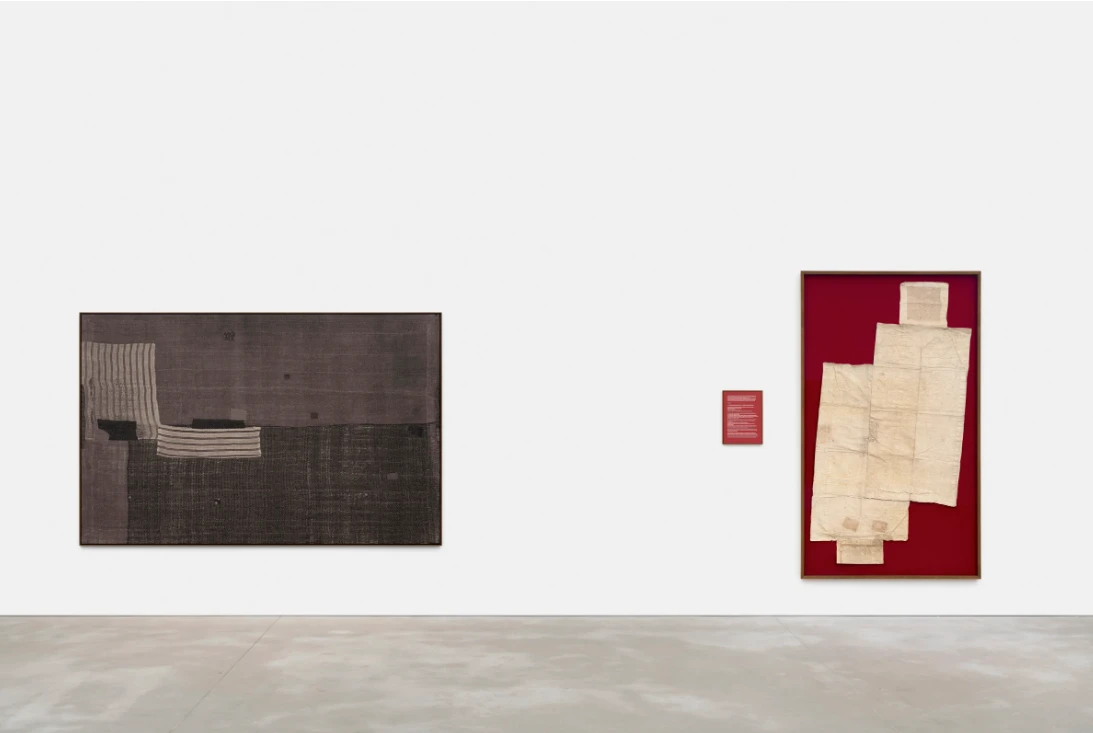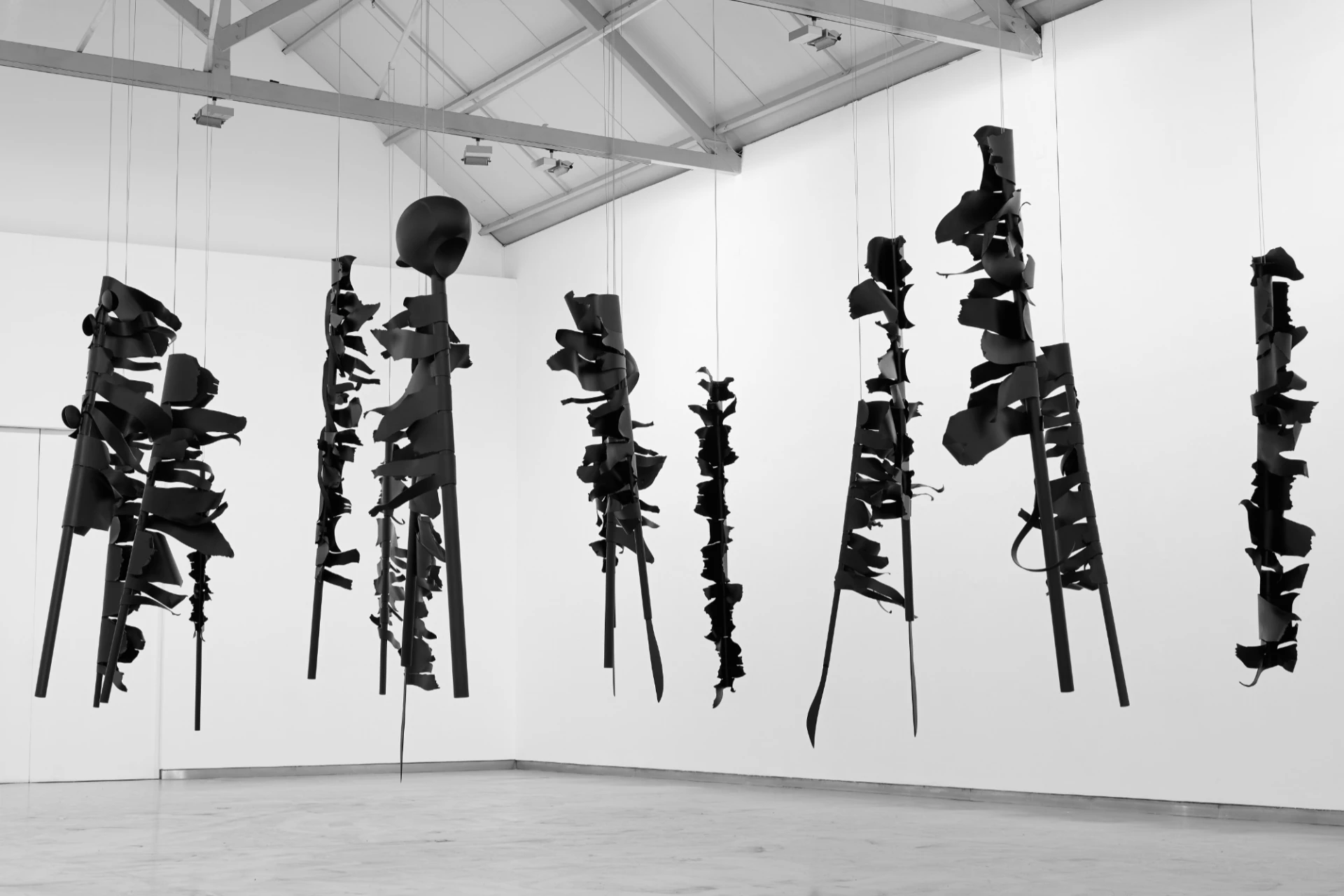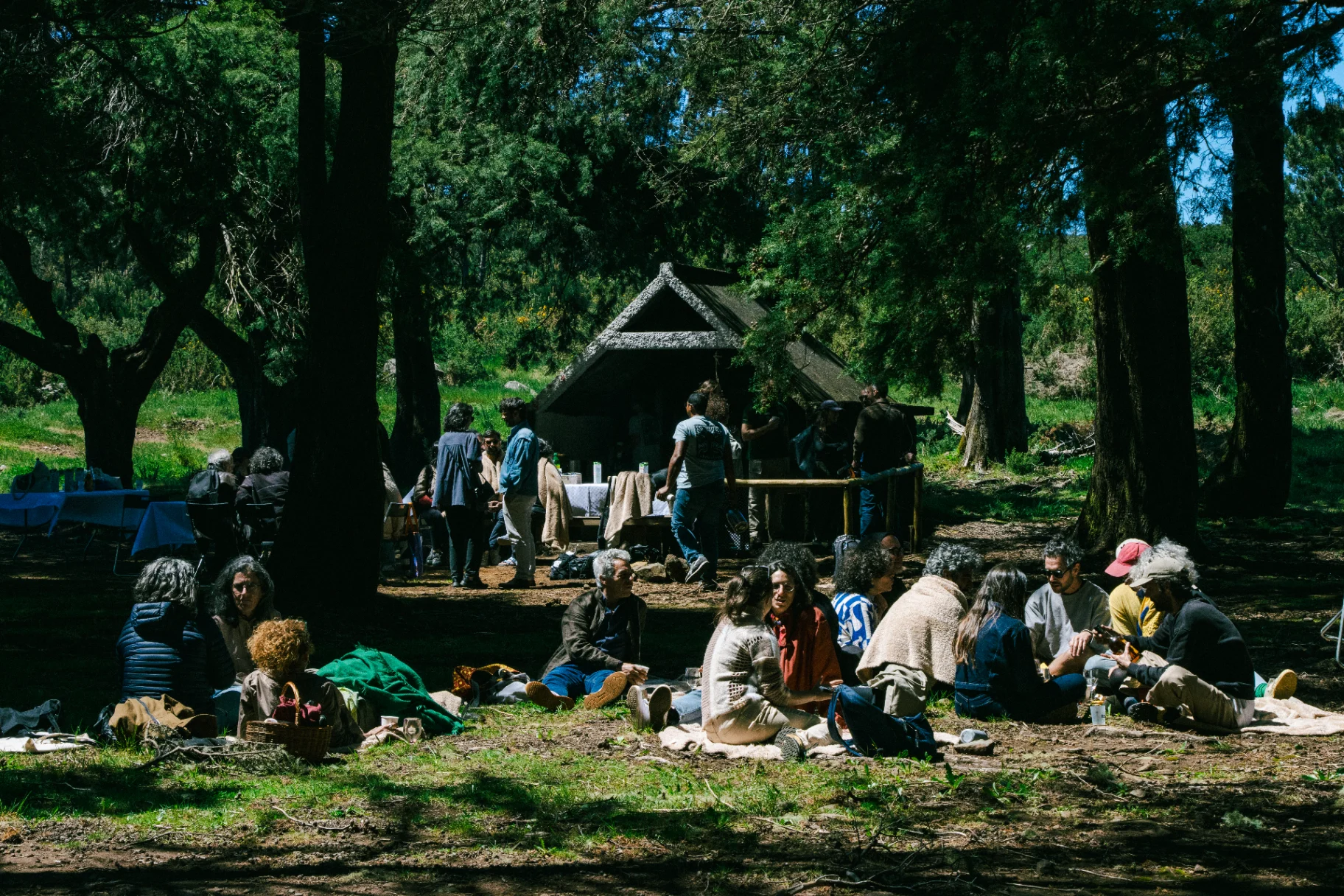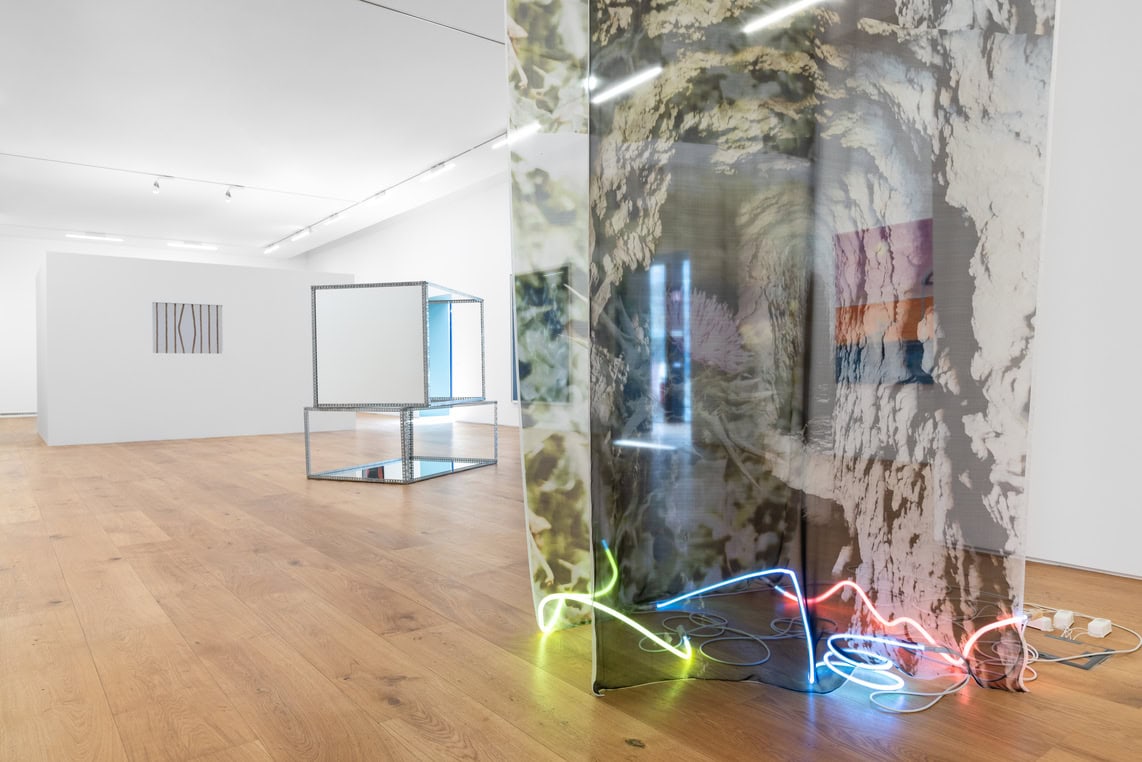article
Rui Chafes: nineteen axes to believe in fire
“Rui, what do you write so much on your papers, those small loose sheets that you take out of your pocket and fill with words?
Secrets. I write secrets, then I burn them and keep their ashes in iron boxes. (...) But these written words, which are of no importance, almost all end up in the fire. I have always believed in fire.“ [1]
Ever since Prometheus stole fire from the gods, cremation has become a symbolic ritual of purification, in which the body is reduced to ashes to free the spirit. Fire is therefore an element associated with both destruction and creation. Gaston Bachelard highlights the element's physical and poetic duality. Whether it symbolizes restlessness, excitement, passion, or sexuality—regardless of whether it is the flame of a candle, a lamp, or a bonfire—fire also stands for destruction and transformation. Sometimes it warms, protects, and sheds light; at other times, it consumes. We call fire to the house where we live, but we also call fire to what devastates that same house, reducing it to nothing. We refer to the thermal sensation of heat or excitement as fire, as well as the combustion that burns our flesh. We call fire a torch that lights our way in the dark cave, as well as the sun that chains us to the exit. We call human reason fire, as the engine of science, and we light a candle for devotion.
Rui Chafes' latest exhibition is one of those poems about fire that “burns without flame,” perhaps “without any importance,” which took shape in the forge. There are nineteen sculptures suspended from the beams supporting the ceiling of the Filomena Soares Gallery. A series of individual pieces form a topography of interpretations, which extends to the title of the exhibition: Acredito em Tudo (I Believe in Everything). Chafes suggests an absolute openness to the meaning we can attribute to the sculptures: leaves seem to dance in the wind; torn fabrics move amid the sounds of battle; restless banners flutter like slogans; shrouds cover flagpoles and masts; ribbons burn between bodies and other bodies' shadows, dancing in the void. And everything seems like a bustle in a tangle of vines. But, on the contrary, everything is silent, fossilized by time and suspended in the air-conditioned space of the gallery.
To unravel this mystery, Chafes' sculptures must be interpreted as drawings. Three-dimensional drawings, where the figures are revealed by the violent (and physical) confrontation between charcoal and paper, light and darkness, light and dark, fullness and emptiness, black and white - a statement that is offered to the reader as a provocation. For this reason, in the gallery, the projectors are directed at the walls, rather than at the surface of the sculptures, accentuating the contrasts between what is negative and positive. For this reason, the sculptures float high above the floor and detached from the walls, inviting the observer into the shadows. This is why the sculptures are offset from their axis, so light that they appear to float. And this is also why the dominant direction of the gaze is vertical, evoking a sacred sphere—which transports us to the phenomenological experience of the cloister and the cathedral.
“I believe in everything, I believe in nothing… I believe in nothingness and in the void.”, Rui Chafes writes at the end of the text that follows the exhibition. And what seems to be a paradoxical statement is, however, the master key to opening these “iron boxes.” Because the “positive void” comes from the incendiary gesture, establishing a clean slate: it is an opportunity. It is a creative stimulus to work with raw material inside out: antimatter. In Chafes' work, there seems to be no horror of emptiness, because it only exists in parallel to fullness. These 19 sculptures move in this interstice, between the violent confrontation of the night's darkness and the first light of dawn, like shadows of the reality we believe we know.
The exhibition will be open until November 15th at the Filomena Soares Gallery.
[1] CHAFES, Rui; MATOS, Sara Antónia. Rui Chafes, sob a pele… Conversas com Sara Antónia Matos. Lisboa: Documenta, 2015, p. 19.
BIOGRAPHY
Architect (FA-UL, 2014) and independent curator (postgraduate at FCSH-UNL, 2021). In 2018, he founded the curatorial collective Sul e Sueste, a joint platform between art and architecture, territory and landscape. As a curator, he has regularly collaborated with a number of institutions, municipalities and independent spaces, including ‘Space, Time, Matter’ (group exhibition at the Madre Deus Convent in Verderena, Barreiro, 2020), ‘How to find the centre of a circle’ with artist Emma Hornsby (INSTITUTO, 2019) and ‘Fleeting Carpets and Other Symbiotic Objects’ with artist Tiago Rocha Costa (A.M.A.C., 2020). He was recently co-curator with architect Ana Paisano of the exhibition ‘Cartografia do horizonte: do Território aos Lugares’ for the Museu da Cidade in Almada (2023). He regularly writes reviews and essays for magazines, publications, books and exhibitions. He is co-author of the book ‘Gaio-Rosário: leitura do lugar’ (CM Moita, 2020), ‘À soleira do infinito. Cacela velha: arquitectura, paisagem, significado’ (author's edition with the support of the Direção Regional da Cultural do Algarve, 2023) and “Geografias Urbanas” (under publication). His professional activity revolves around the various branches of architecture.
ADVERTISING
Previous
article
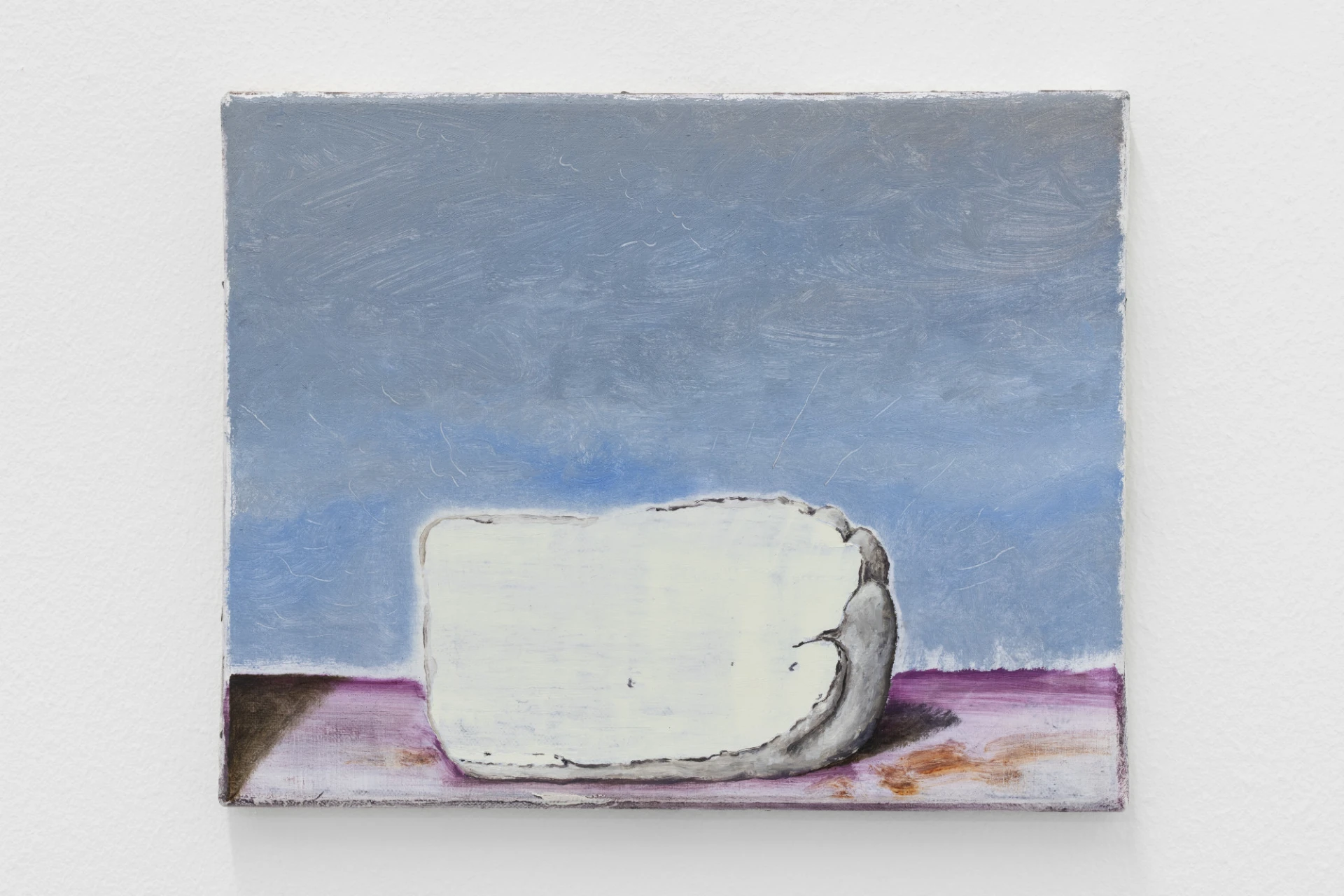
27 Oct 2025
The weeping rock, at 3+1 Arte Contemporânea
By Carla Carbone
Next
article

28 Oct 2025
Atlânticos, at the Museu da Língua Portuguesa
By Victoria Lacerda & Lucas Navarro
Related Posts
